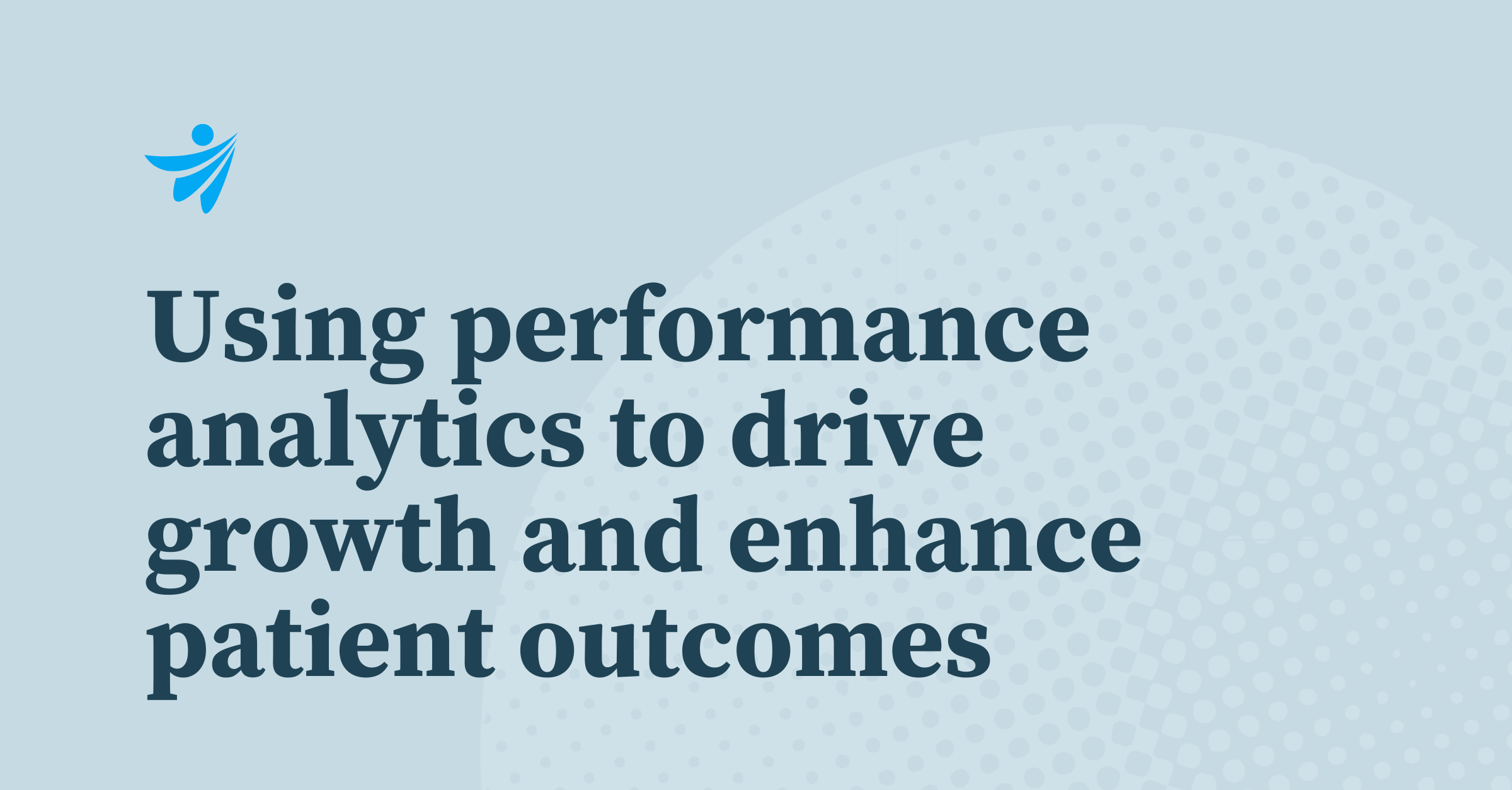
Insights for Providers
Jul 19, 2024
Insights for Providers | December 13, 2023
To beat the intense competition across the healthcare industry, it’s critical for providers to leverage demand forecasting to accurately forecast future healthcare utilization needs for their services and develop robust roadmaps for growth and success. For healthcare leaders, that means creating strategic plans to minimize patient leakage, relieve financial pressures, and retain and grow the patient populations they serve. In essence, demand forecasting becomes the cornerstone of strategic planning, empowering providers to position themselves in competitive markets while growing patient volume and loyalty. The healthcare industry is struggling to shift towards a more consumer-centric approach, still operating with the providers and payers at the center and often responding to, rather than anticipating, patients’ needs. A move towards real consumer-centric care requires advance planning that enables health systems to optimize the care delivery process before patients need help. The significance of accurate demand forecasting or future utilization trending in healthcare cannot be overstated. According to a study by McKinsey, leveraging data-driven forecasting methods in healthcare can improve accuracy by up to 50%.1 For utilization predictions to be useful, the accuracy and effectiveness hinge on the comprehensive nature of data, ensuring a holistic understanding of patient needs and resource requirements. This emphasizes the need for complete data sets that provide a comprehensive view of the patient, identify nuanced patterns and trends, and specifically target where there may be gaps in services. Beyond merely estimating patient numbers, comprehensive demand forecasting involves factoring in variables like population projections and healthcare trends specific to the market. More complete data ensures a greater ability to make informed predictions, better allocate resources, and allow for providers to account for various factors such as seasonal variations, demographic changes, and epidemiological shifts. To avoid a generalized approach, organizations should leverage zip code and service-level insights that allow for the implementation of tailored strategies. Understanding healthcare demand at the zip code level provides granular data about local population needs. With this data, providers can highlight services and facilities that address the social determinants of health (SDoH) factors that impact their specific populations. Those include geography, demographics, common health conditions, and socioeconomic factors unique to each location. This approach allows for resource allocation, service offerings, and outreach programs to be tailored to address the unique demands of each locality or service category, optimizing the effectiveness of healthcare delivery. By coupling demand forecasting analytics with robust healthcare supply analytics, such as market share, referral, and patient journey data, a more complete picture emerges, enabling a deeper understanding of market dynamics. This combined approach offers a more thorough view of expected changes in service demand and the healthcare organization’s anticipated position in the market. Armed with this knowledge, decision-makers can make more precise and strategic investments, directing resources towards areas where growth potential aligns with their market position. To assess utilization trends and make informed predictions about future demand, strategy teams can leverage: The team at Clarify Health understands that any attempt to model future healthcare consumption behaviors must be complemented by insights into market and care journey patterns to drive an effective growth strategy. An understanding of market dynamics, competition, and consumer preferences is vital to align services with demand effectively. To address this need, we will soon be introducing Clarify Demand, a cloud-based software that empowers healthcare organizations to reliably forecast future utilization of healthcare services by predicting changes at the service line, zip code, and site of service level. Leveraging historical utilization data from an all-payer claims database and population projection data, Clarify Demand offers a more comprehensive way to create high-confidence strategic plans across a three to five-year horizon. This product, in combination with Clarify’s market, referrals, consumer, and rates insights, equips health systems and hospitals to capitalize on all available growth opportunities, deliver superior care, foster patient loyalty, and sustain growth in an ever-evolving healthcare environment.The need for data-driven decision-making in healthcare
Enabling specific strategies with specific healthcare utilization insights
Accounting for both supply and demand in healthcare
Utilizing the right data and analytics tools for healthcare demand prediction